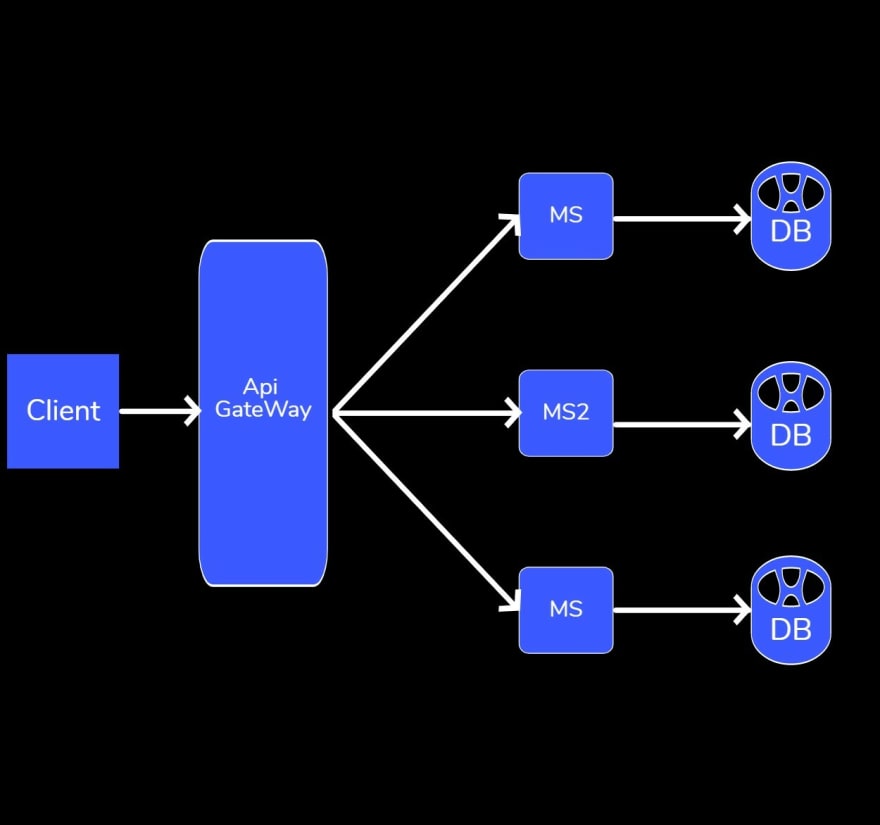In this article, I am going to explain the microservices architecture.
The article is divided into four parts as i have listed below.
- Microservices architecture.
- Creating microservices in .Net core using ocelot apigateway.
- Dockerizing all microservices and apigateway
- Deployment on kubernetes
Microservices architecture
As the name implies, a microservices architecture is an approach to building a server application as a set of small services. That means a microservices architecture is mainly oriented to the back-end, although the approach is also being used for the front end. Each service runs in its own process and communicates with other processes using protocols such as HTTP/HTTPS, WebSockets, or AMQP.
Each microservice implements a specific end-to-end domain or business capability within a certain context boundary, and each must be developed autonomously and be deployable independently.
Finally, each microservice should own its related domain data model and domain logic.
Above picture is showing how the microservices architecture works.
There is a client basically an user-interface that communicates with an apigateway.
Apigateway is a single entry point for all microservices. Its acts as a middleware between the microservices and client. Microservices is developed by the devops team and every microservice has their own database.
Client : A client is an user-interface.
Apigateway : API Gateway handles all the tasks involved in accepting and processing up to hundreds of thousands of concurrent API calls, including traffic management, CORS support, authorization and access control.
In next article we are going to develop the microservices architecture using .Net core 6.0. In that project will have an apigateway(Ocelot) and microservices.







Top comments (0)